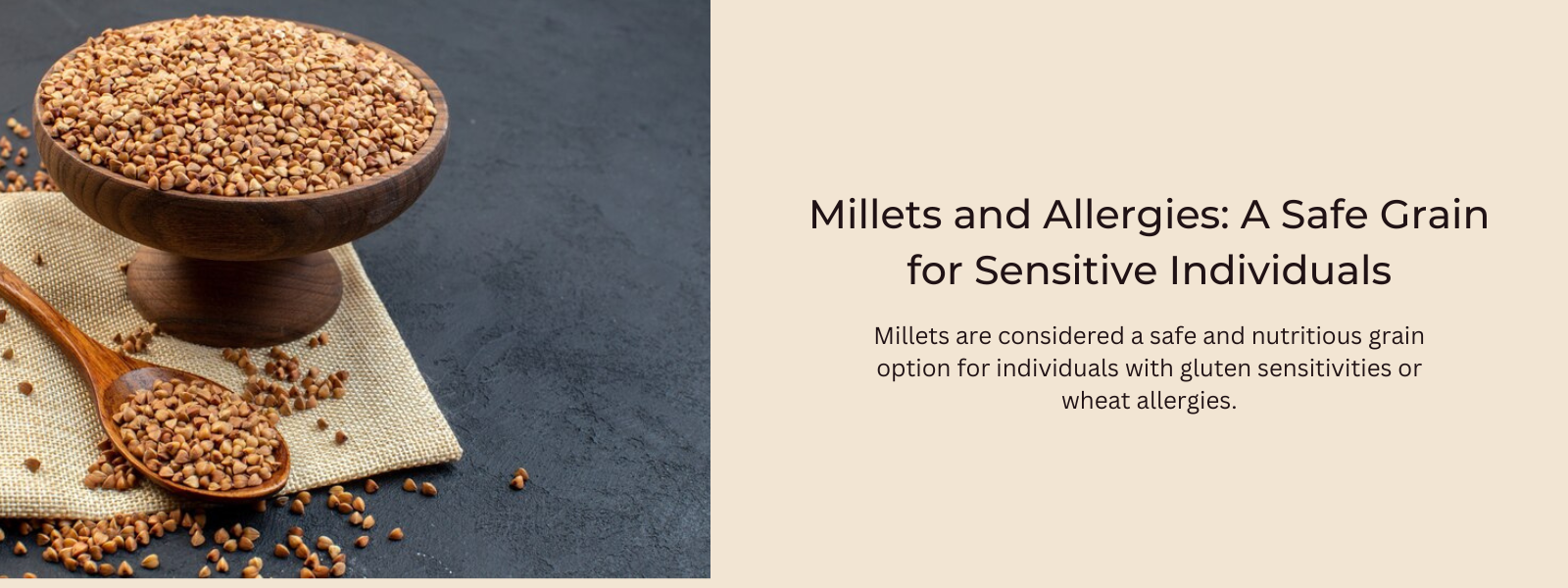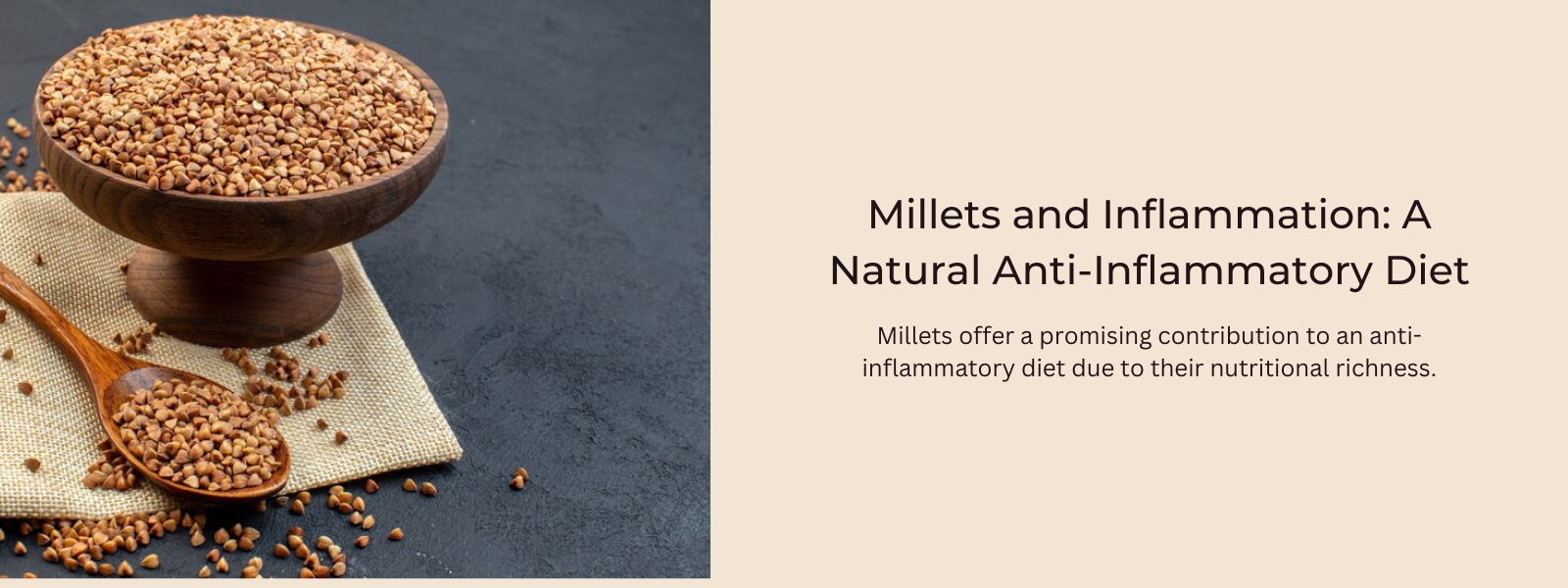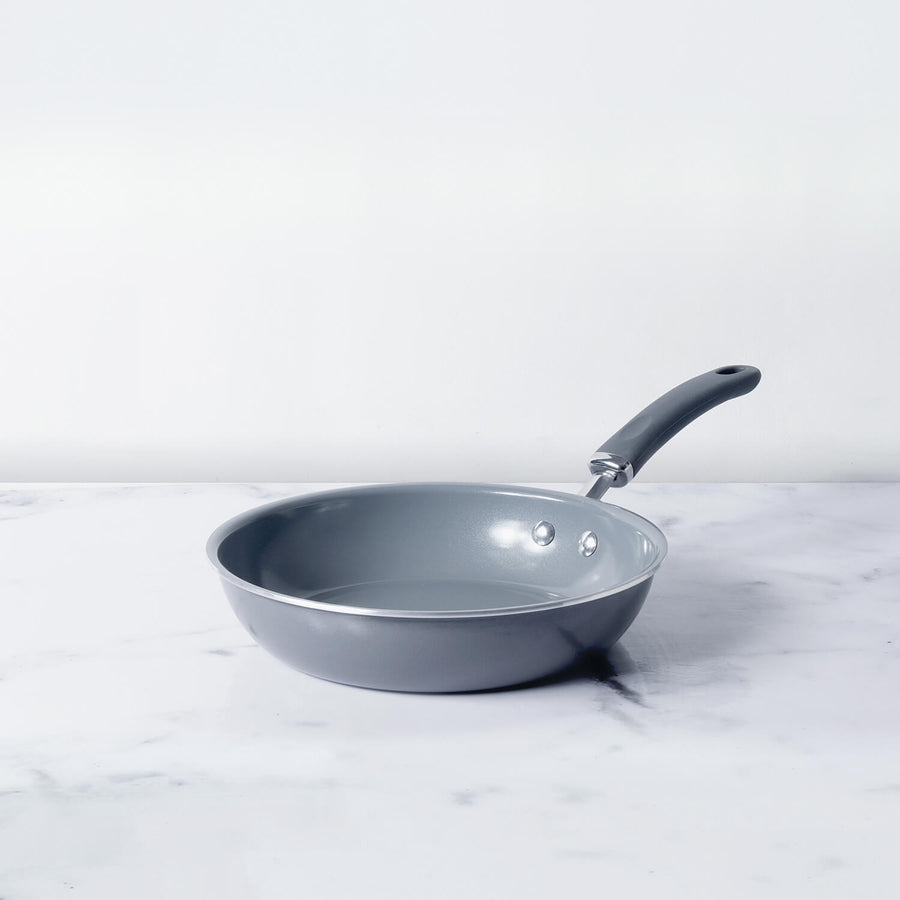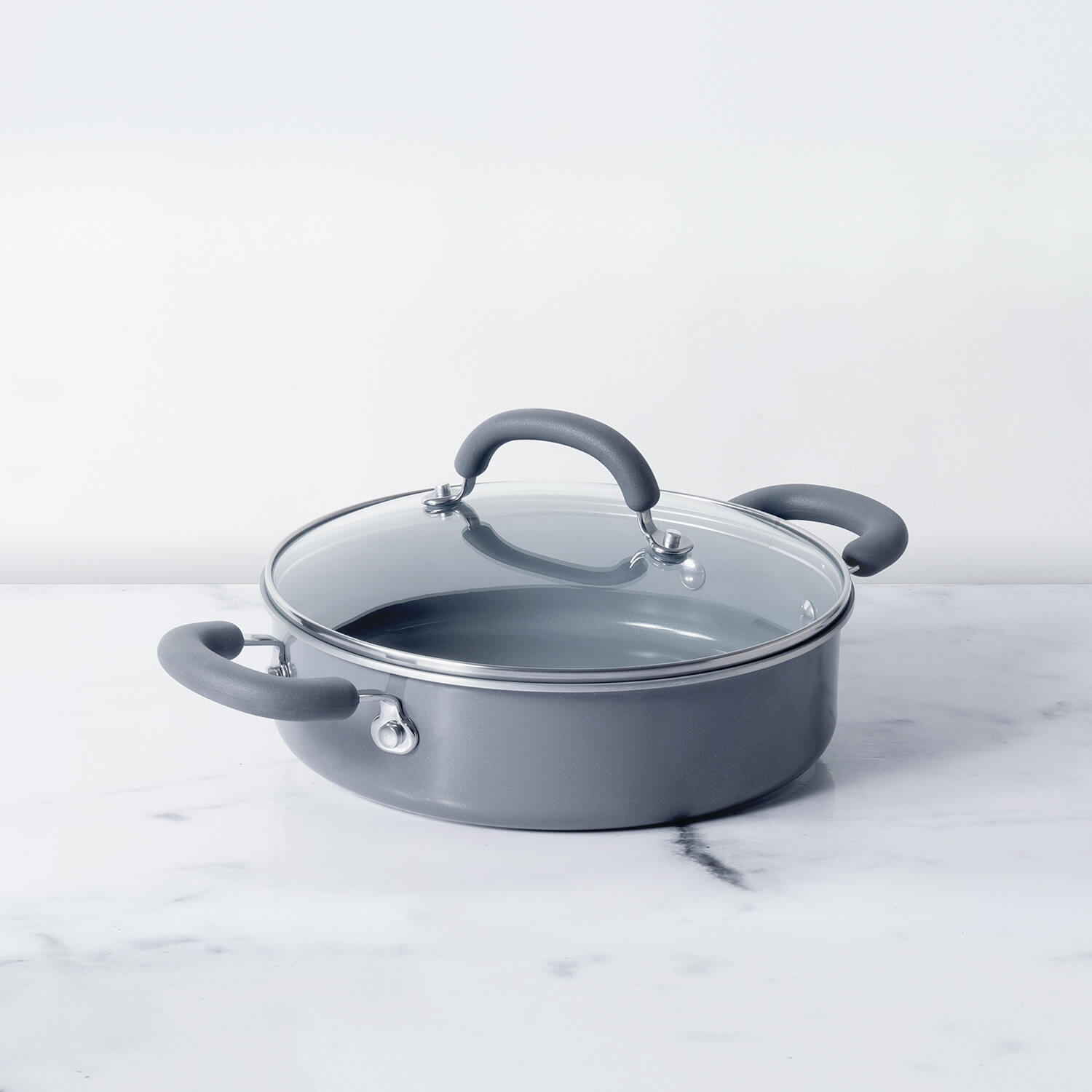Bajra, commonly known as pearl millet, is an excellent gluten-free grain that offers numerous health benefits. As a gluten-free option, it's suitable for individuals with gluten intolerance or celiac disease. Bajra is rich in dietary fiber, promoting digestive health by aiding in regular bowel movements and maintaining gut health. Its impressive mineral content, including iron, magnesium, phosphorus, and potassium, supports overall well-being, bone health, and muscle function. Additionally, bajra contains antioxidants that help combat free radicals, contributing to a stronger immune system and overall health. This ancient grain's low glycemic index aids in managing blood sugar levels and providing sustained energy.
Table of Contents
Gluten-Free Goodness Of Bajra:
Bajra, or pearl millet, is naturally gluten-free, making it a valuable grain for those sensitive to gluten or individuals diagnosed with celiac disease. This gluten-free characteristic renders bajra an excellent alternative to wheat and other gluten-containing grains in various dishes. Its gluten-free nature means it lacks the proteins responsible for triggering adverse reactions in people with gluten-related disorders, allowing them to enjoy bajra-based foods without experiencing gluten-induced health issues. This property has increased the popularity of bajra flour in gluten-free baking and cooking, offering a nutritious and safe option for individuals following a gluten-free diet. Incorporating bajra into one's diet diversifies meal options while providing essential nutrients and catering to those with specific dietary requirements.
What Does Gluten-Free Food Mean?
Gluten-free food refers to products or meals that do not contain gluten, a mixture of proteins found in wheat, barley, rye, and related grains. Gluten gives elasticity to dough, helps it rise, and gives a chewy texture to many baked goods. However, for individuals with celiac disease, gluten sensitivity, or wheat allergies, consuming gluten can lead to various adverse health effects, such as digestive problems, abdominal discomfort, malabsorption of nutrients, skin issues, fatigue, and more. Therefore, gluten-free diets focus on avoiding these grains and their derivatives, opting for naturally gluten-free alternatives like rice, corn, quinoa, millet, buckwheat, and others. The food industry has introduced a wide array of gluten-free products to accommodate individuals with gluten-related conditions, providing them with safe and suitable dietary options.
Can You Tell The Health Benefits Of Bajra?
Bajra, also known as pearl millet, offers a plethora of health benefits owing to its rich nutritional profile. This ancient grain is abundant in dietary fiber, aiding digestion, and promoting gut health. Its impressive array of minerals including iron, magnesium, phosphorus, and potassium contribute to bone health, muscle function, and electrolyte balance. Bajra's antioxidants bolster the immune system and combat free radicals, while its low glycemic index helps manage blood sugar levels, offering sustained energy. Furthermore, its gluten-free nature makes it suitable for individuals with gluten sensitivities. Embracing bajra in the diet not only diversifies meals but also fosters overall health and well-being.
Is Bajra Beneficial To Everyone?
Bajra, or pearl millet, is considered healthy and nutritious for most people due to its rich nutrient profile and various health benefits. It is a good source of dietary fiber, essential minerals like iron and magnesium, antioxidants, and offers numerous health advantages such as aiding digestion, supporting bone health, providing sustained energy, and contributing to overall well-being.
However, while bajra is generally healthy, individual dietary needs and health conditions vary. Some individuals might have allergies or sensitivities to certain grains, including millet, or might experience digestive issues with high-fiber foods. Additionally, individuals with specific health conditions, such as certain types of kidney disorders or specific nutrient restrictions prescribed by a healthcare provider, might need to moderate their intake of certain nutrients found in millet.
Overall, bajra can be a part of a healthy diet for many individuals, but as with any food, it's essential to consider personal health conditions, dietary preferences, and consult with a healthcare professional or a registered dietitian to ensure it aligns with individual health goals.
Is Bajra Only Known For Being Gluten Free?
Bajra, also known as pearl millet, is recognized for several attributes, with its gluten-free nature being one of them. While its gluten-free characteristic is notable and advantageous for individuals with gluten sensitivities or celiac disease, bajra is also known for other qualities. It's appreciated for its high nutritional value, containing essential nutrients like dietary fiber, iron, magnesium, potassium, and antioxidants. Additionally, bajra is valued for its versatility in culinary applications, contributing to various dishes such as rotis (flatbreads), porridges, soups, and more across different cuisines. Therefore, while its gluten-free nature is significant, bajra's reputation extends beyond being solely recognized for being gluten-free.










Leave a comment